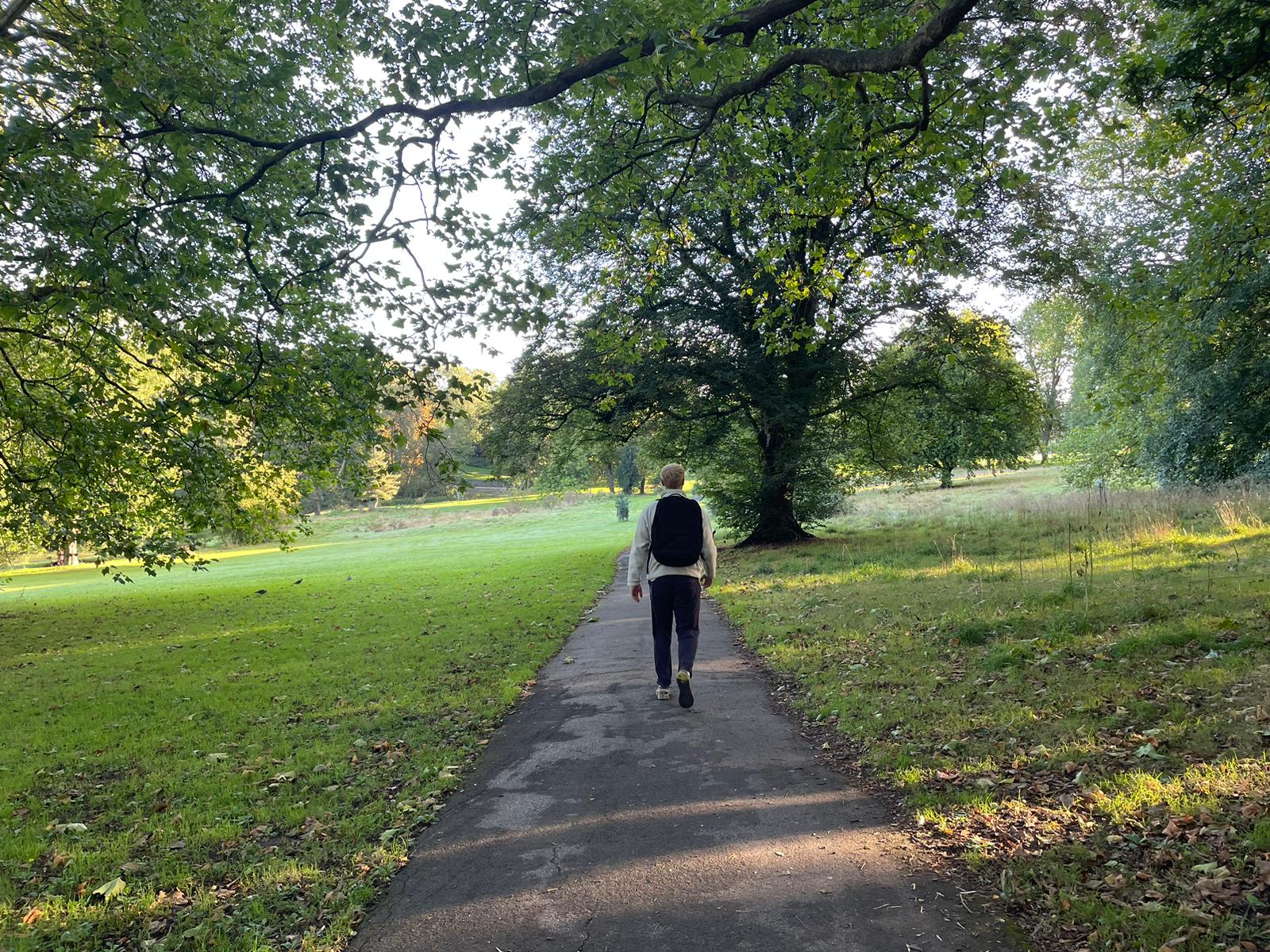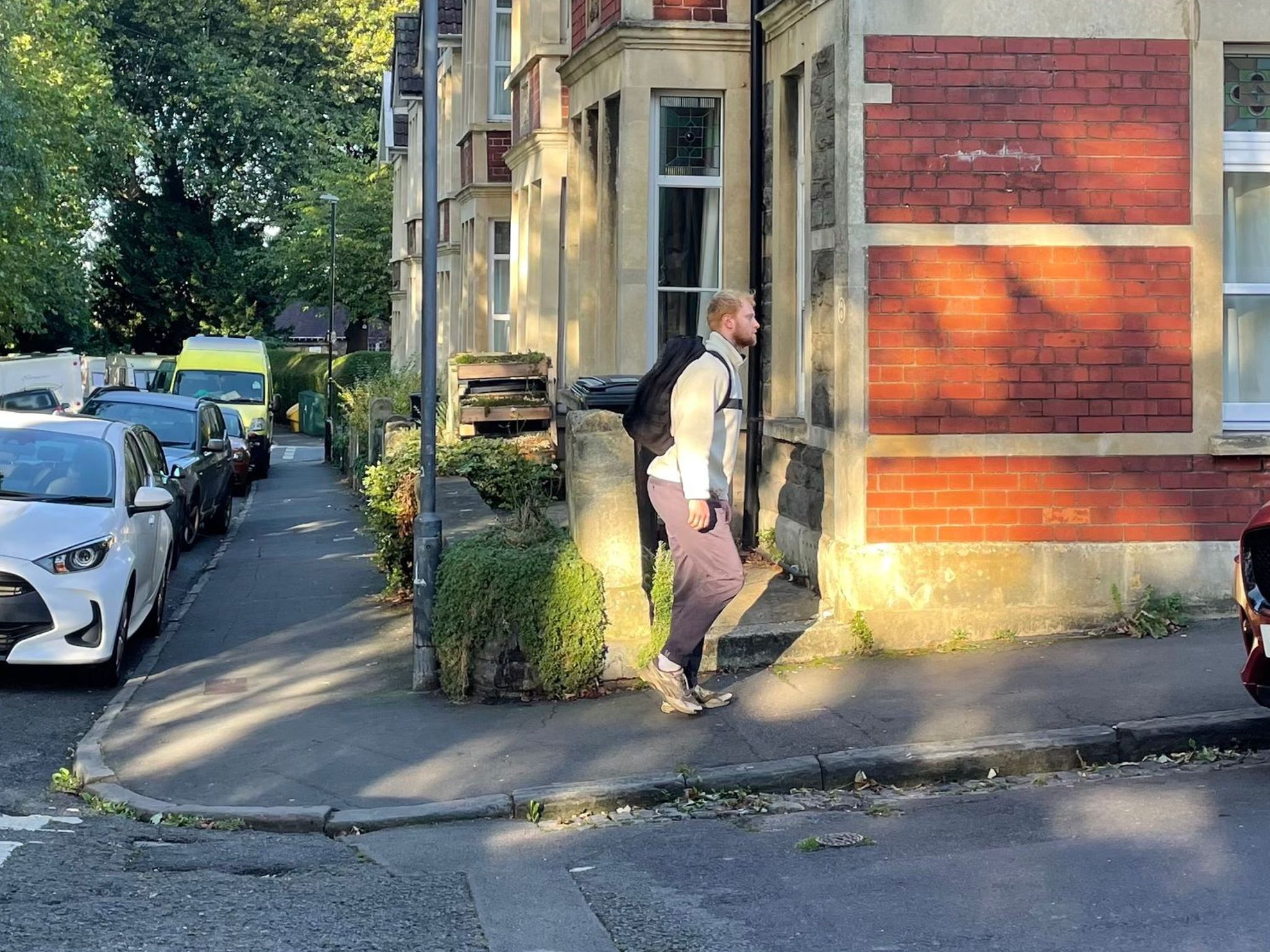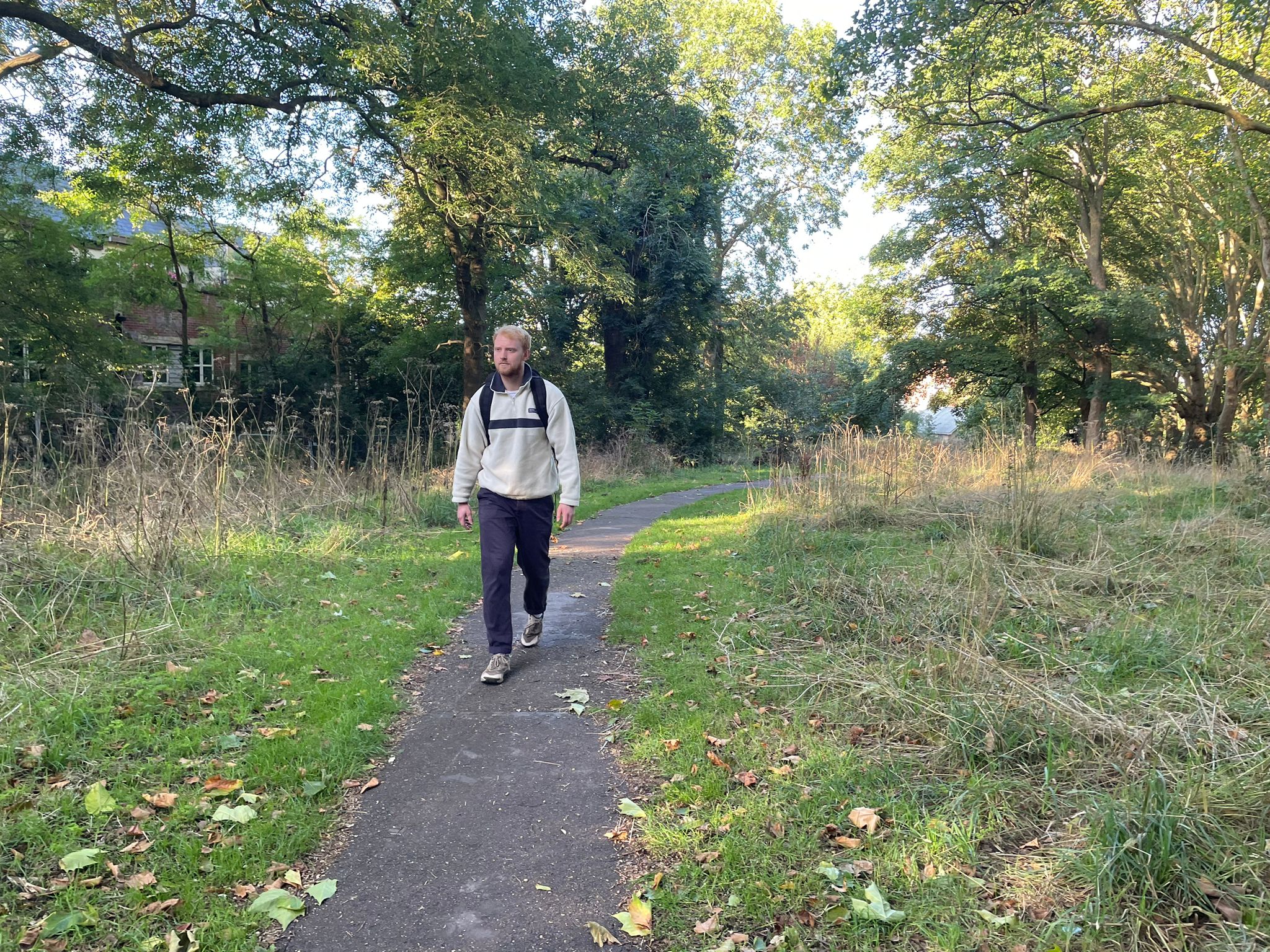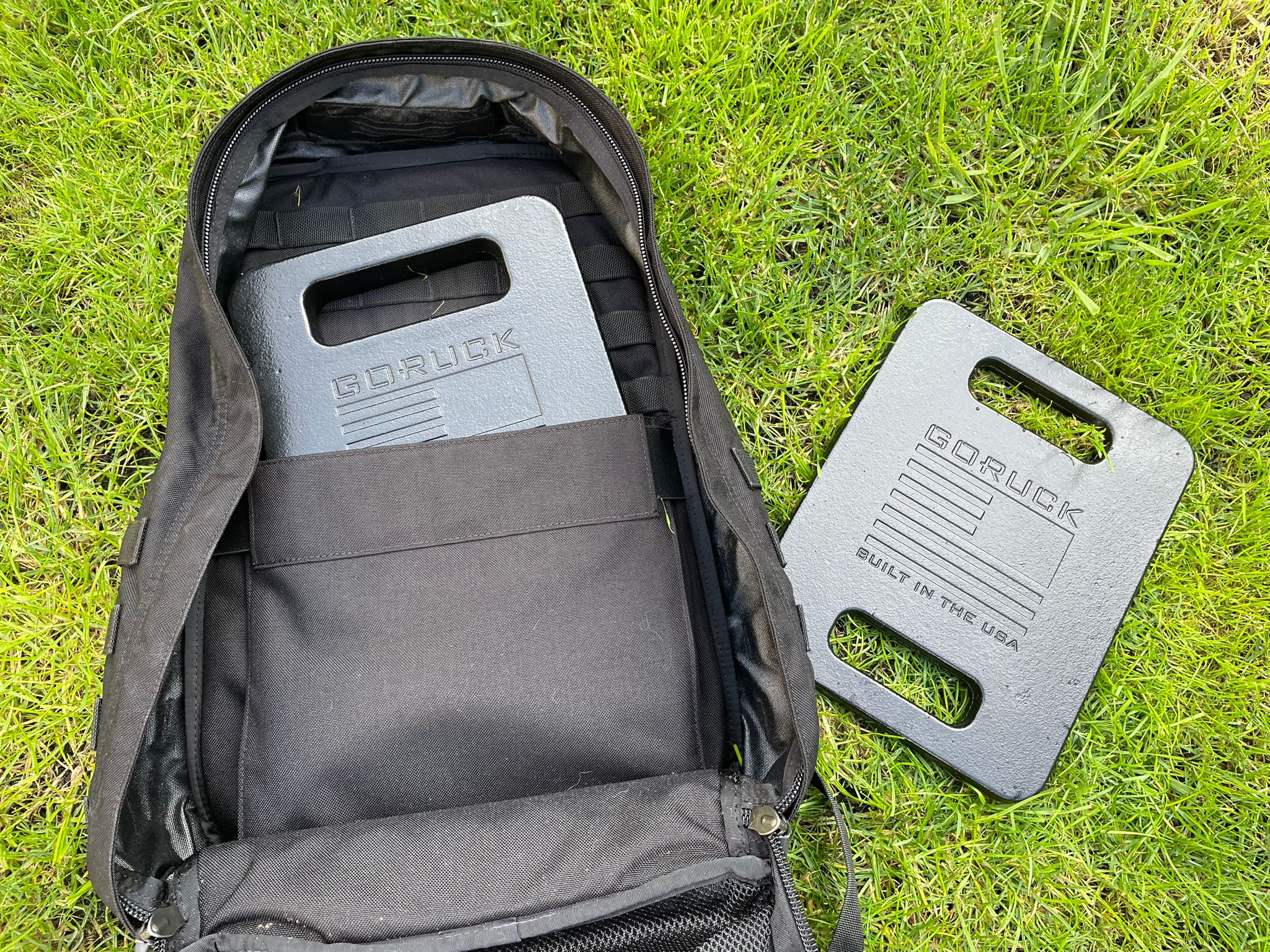I walked 10,000 steps with a weighted backpack every day for a week – here are five reasons I’m not stopping
You'll be struggling to find many shortcuts that are actually effective.
I've had a weight on my back for a week.
Throughout your entire body, not a bad return from a run to the local shops or any similar minor outing.
With a routine that made achieving my fitness goal as easy as strolling in the park, I slung my rucksack on and got going – here are five things I discovered.
Rucking is accessible
However, I discovered that things didn't quite work out that way when I tried rucking.
Before, and rucking was just that with a bit of extra heft. Once I'd accepted the slight shift in my centre of gravity, I was ready to go.
You don't necessarily need any special machinery or technical equipment to get underway.
It's very big and cumbersome, so you could initially carry something big and heavy in your backpack and work your way up to larger objects.”

It’s versatile
I walk fairly regularly, so instead of consistently wearing bulky backpacks I decided to wear the weighted pack as part of my daily routine. And for me, this really paid off.
I personally suggest keeping your weighted backpack positioned by the entrance," Cihlar advises. "If you have to go look for the rucksack and subsequently the weight counterbalance, it's possible you might decide against taking it. However, if it's conveniently situated near the door, you're much more likely to attach it.
I used mine for dog walks, a trip to the office, and a quick run to town; wherever I went while out, my rucksack stayed on my shoulders. What I discovered is that I could effortlessly accumulate around 10,000 steps a day by adopting this practice.
As an activity, taking a shorter walk can bring you more rewards.
I have two French bulldogs and I live in Florida where the heat is extremely high, so they can't easily go on long walks with me," says Cihlar. "We therefore have to opt for shorter walks, and by incorporating a ruck into that, I can still get a lot out of it.

It can really boost your muscular power
Carrying a weighty backpack makes walking more tiring, and only a select few would intentionally make an activity more challenging unless it provided a multitude of advantages. Fortunately, engaging in rucking offers a wealth of benefits.
, tells me.
.”
Rucking also helps build your core strength and the muscles in your upper back, Cihlar notes, as you're supporting that weight on your shoulders.
After completing particularly hilly walks while carrying heftier weights, I experienced a dull ache in my thighs, a sensation more typical of a rigorous leg day. My upper trapezius muscles - the ones visible at the base of the neck - also took a substantial strain when I was carrying heavier loads.

It's not just a physical exercise routine.
Walking with a weighted backpack can offer a dual benefit. Not only will it build strength, but it will also effectively engage your heart and lungs for improved cardiovascular fitness, exerting them more so than an unaccompanied stroll would.
“Carrying unnecessary weight drains your energy, making you use more oxygen and increase your heart rate, even when walking at the same pace.”
The initial lap consumed an estimated 102 active calories and my average heart rate was 88 beats per minute, whereas the final lap expended 119 active calories with an average heart rate of 108 beats per minute.
Maybe this isn't the most striking change, but I found these small increases added up throughout the week. Climbing a hill or mountain regularly can help boost your cardiovascular fitness, as well as making it more likely you'll experience its benefits.
As someone who regularly engages in physical exercise, this last benefit didn't particularly appeal to me. However, I did notice another, less obvious advantage to my rucking excursions: I found it surprisingly enjoyable to push myself to the challenge.
The advantages are equally physical and mental, as Cihlar points out. He maintains that you never step out to go on a run feeling down, only to return home in a worse mood. On the other hand, this is a fantastic way to clear your mind, seize the opportunity to get outside and breathe some fresh air, all this while reaping a high return on your time and fitness investment.

The weight you employ is significant.
Carrying a light backpack and a heavy one would feel noticeably different. You should thus determine a weight that suits you best, then change it as needed, based on the nature of the activity you're engaging in.
Cihlar typically recommends a baseline weight of around 30 pounds for men and 20 pounds for women (approximately 15kg and 10kg, respectively, in metric units), but notes that these weights "aren't a starting point for everyone".
You can start with just about any backpack and fill it with whatever you like, such as your water bottle, some reading material like magazines, or your snacks.
You can work up to this gradually as your strength and fitness levels improve over time. Once you're confident in carrying more than 5kg, you may want to consider investing in weighty rucking plates and a specially designed backpack for added comfort.
"We're making rucksacks that can take two plates, so if you're a strong walker training for a difficult hike you can load it up to 60lb or 75lb," Cihlar points out.
Heavier weights are more likely to encourage strength gains, but mishandle something that's too heavy and you could cause harm to yourself.
He argues that as long as you're able to walk and converse, you're fine," "Your heart rate may be elevated, but that shouldn't prevent you from carrying on a normal conversation or breathing normally.
I typically weigh about 95 kilos, and consistently carrying a rucksack weighing between 15 and 35 kilos proved to be a suitable approach for me, using the lighter load for longer walks or shorter strolls, and the heavier load when I wanted to challenge myself more.
I found that the harder sessions left me feeling utterly exhausted, particularly in my thighs and upper back. Come the end of the week, though, lifting 15kg had become a piece of cake and I felt completely confident handling it.

Will I continue rucking?
Since I've completed my rucking challenge, my backpack and weight plates are still waiting by the front door. Although I don't rely on them every bit as much as I did over my seven-day period of daily exercise, I do grab them when going for a walk with my dog or on other outings.
The reason is that I appreciate being able to transform a short stroll into a spontaneous exercise session, which is particularly useful on hectic days when squeezing in a fitness routine is tough. I find the challenge quite motivating, and I always feel more energised after a brief weighted walk.
For these reasons and many others, I'm hoping that rucking is a fitness trend that endures.
Read more: I took on the 75 soft fitness challenge – here's what I gleaned from the experience
.
Post a Comment for "I walked 10,000 steps with a weighted backpack every day for a week – here are five reasons I’m not stopping"